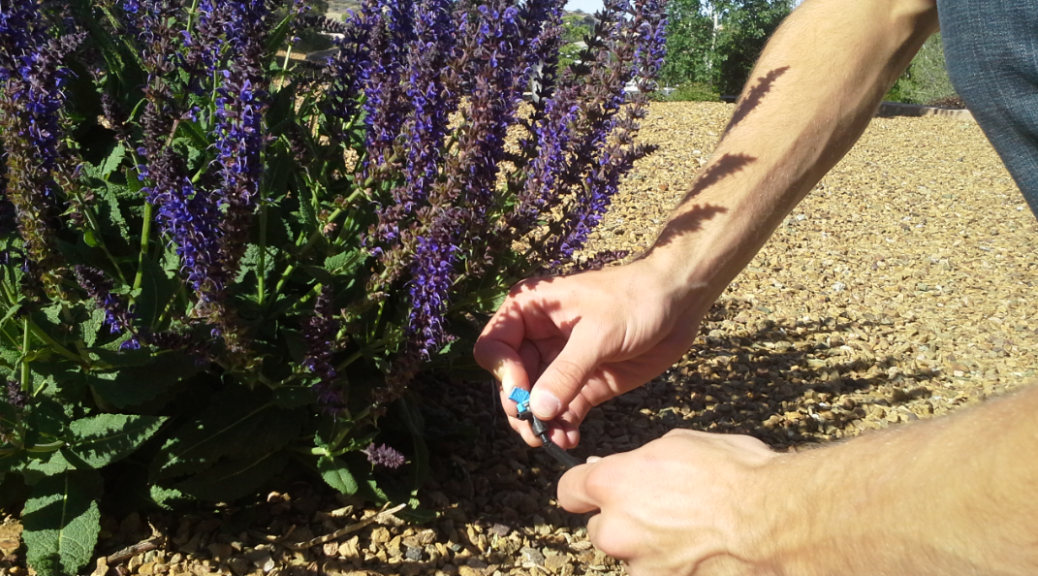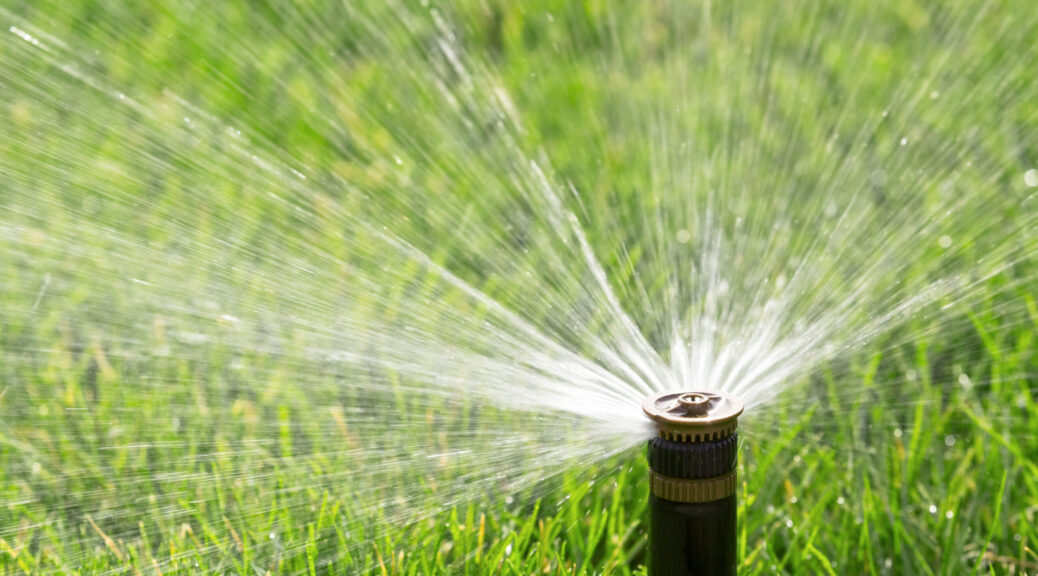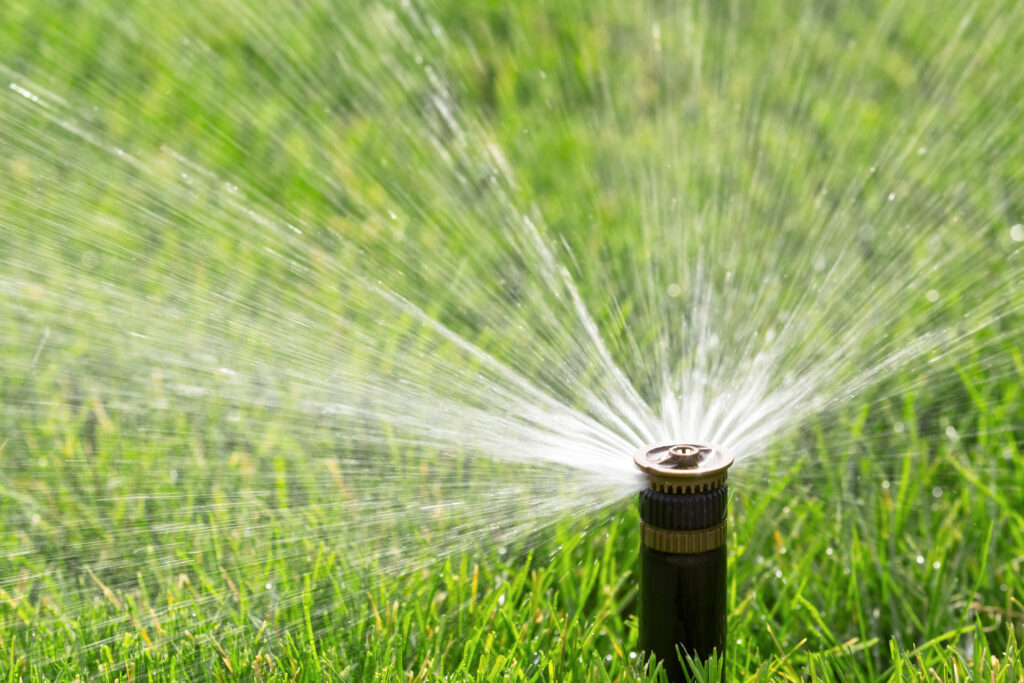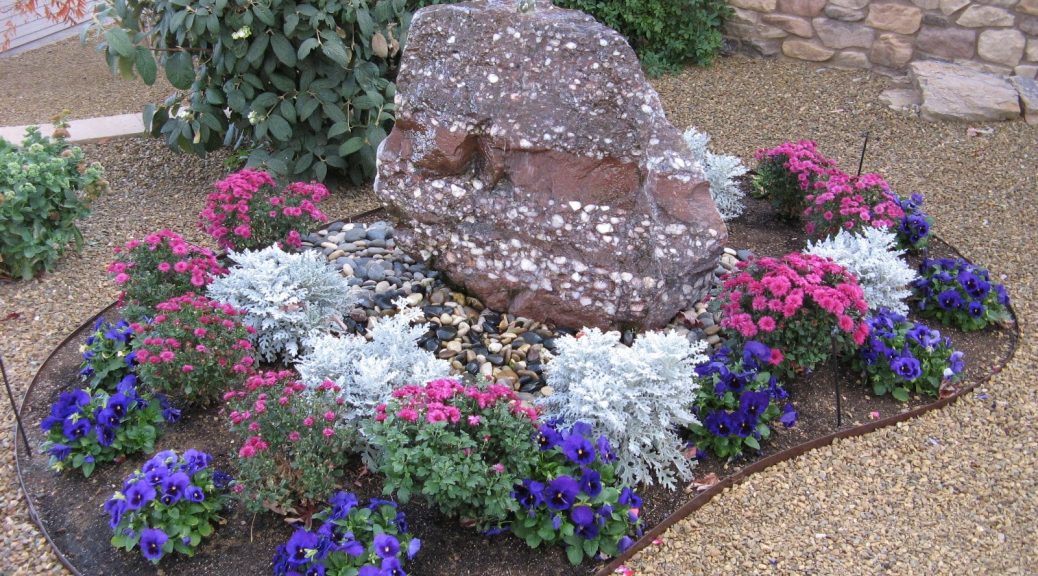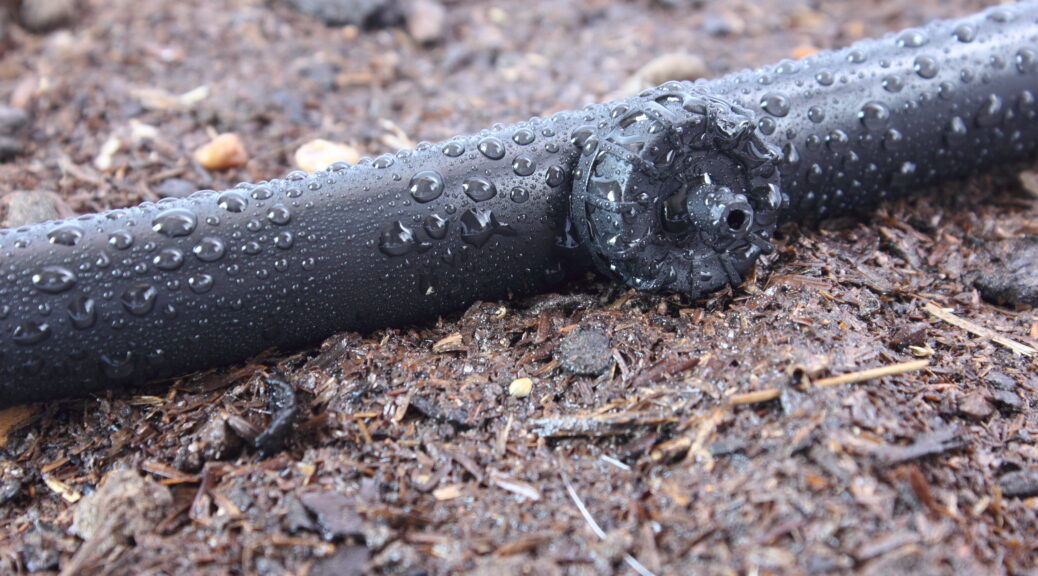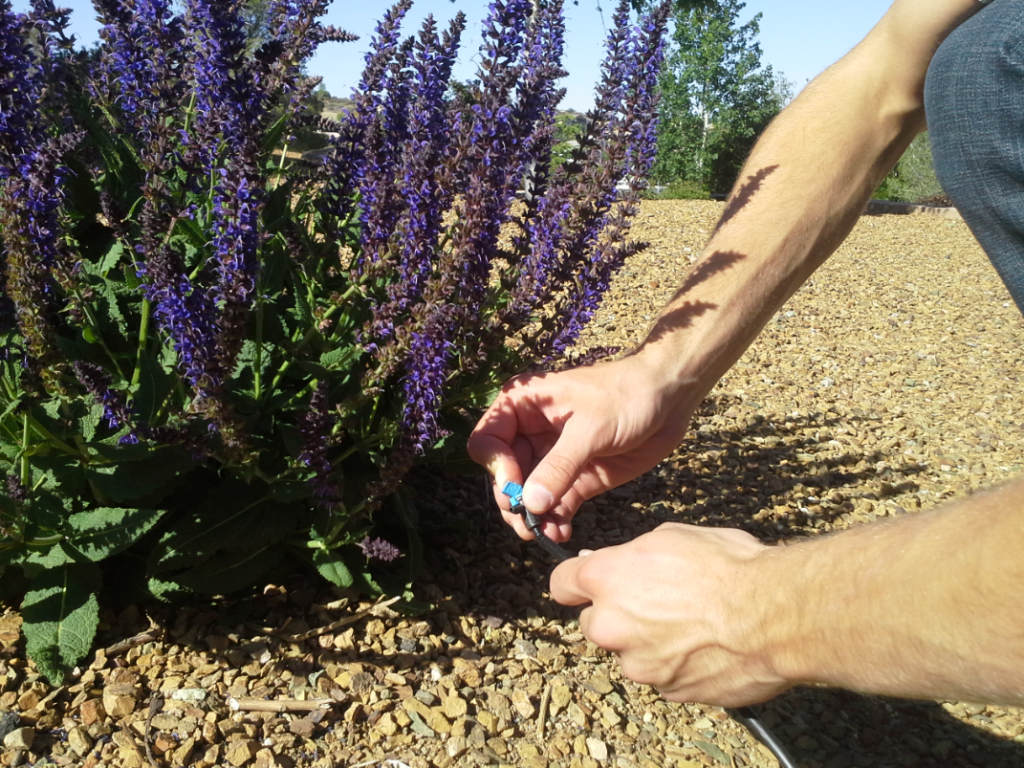
In the heart of Northern Arizona, homeowners seek a harmonious blend of natural beauty and effortless maintenance. Uncover the art of crafting a low-maintenance landscape that not only thrives in this unique environment but also provides a tranquil retreat without the hassle.
Embracing the Terrain
Northern Arizona’s diverse topography is a gift, offering natural contours that can be integrated into your landscape design. Explore how to work with the land’s features, incorporating rock formations and strategic plant placement to create a visually striking yet low-maintenance yard.
Harnessing Native Flora
Unlock the beauty of indigenous plants that have evolved to thrive in the high desert climate. Delve into the benefits of selecting native flora, from water efficiency to resilience against local pests, enhancing the sustainability and ease of care for your landscape.
Integrating Practical Hardscape Solutions
Discover the beauty in simplicity by incorporating practical hardscape elements. From gravel pathways that require minimal upkeep to stone borders that define spaces with elegance, learn how thoughtful hardscaping can enhance your landscape’s aesthetics and reduce maintenance demands. The use of pavers for the pathways, patios and more is also beneficial.
Mastering Water-Wise Irrigation
In a region where water is a precious resource, explore efficient irrigation methods that keep your landscape vibrant while minimizing water consumption. Dive into the world of smart irrigation, including drip systems and rainwater harvesting, tailored to Northern Arizona’s climate.
Creating Effortless Outdoor Living Spaces
Designing a low-maintenance landscape doesn’t mean sacrificing comfort. Explore strategies for crafting inviting outdoor living spaces with strategically placed seating, natural shade elements, and minimal ongoing care.
Conclusion: Cultivating Tranquility
As we conclude our exploration of low-maintenance landscaping in Northern Arizona, envision a landscape that seamlessly blends with the environment. Let the tranquility of your outdoor space be a testament to the balance achieved between natural elements and thoughtful design.
Contact Vicente Landscaping for help creating your dream yard in Northern Arizona.
928-636-1601




